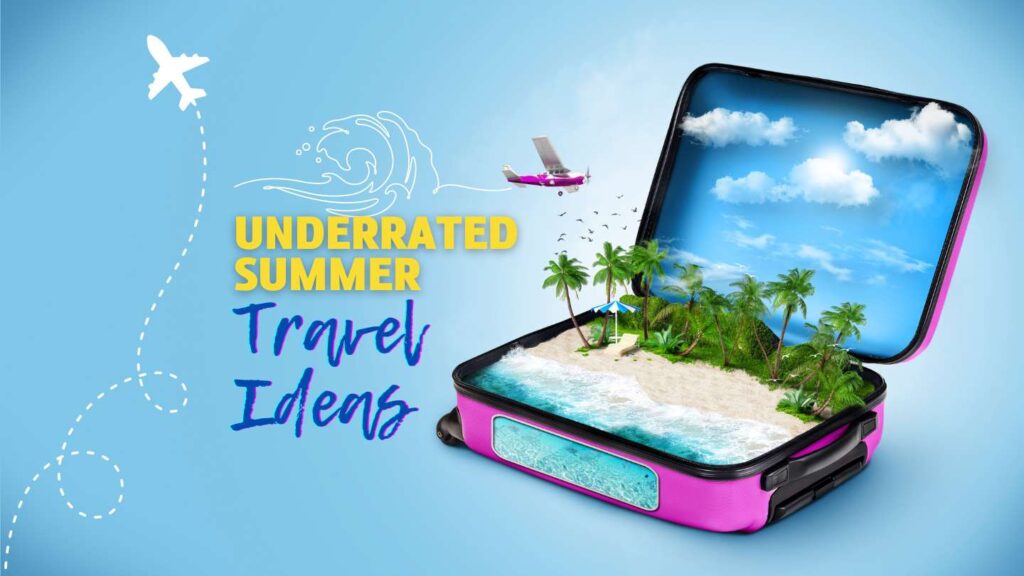Are you planning to travel in Asia? If yes, this article is for you. Well, Remote work is no longer exotic — over the past few years, it has become the norm for millions of specialists, especially in IT, design, marketing, analytics, and education. People began to move to other cities, countries, and continents. It is not surprising that Asia has become the center of attention of digital nomads: warm climate, affordable prices, developed infrastructure, and rich culture. Singapore, Bali, Chiang Mai, Seoul, Tokyo, Hanoi — the list of locations popular with freelancers and remote teams is growing every year. However, one problem remains critical: stable and fast access to the Internet. Wi-Fi in hotels and coworking spaces is not always reliable. And local SIM cards sometimes become a real quest. It is in this context that eSIM technology turns out to be not just convenient but literally necessary during travel in Asia.
Table of Contents
Experience with TooSim: when a digital SIM turns out to be more practical than a physical one
Many users come to eSIM not immediately, but after a series of inconvenient situations. One of the typical examples is a trip to Bangkok, where I urgently needed to access Zoom, but the Wi-Fi at the hotel failed. An attempt to buy a physical SIM card at the nearest 7-Eleven turned into a problem: the employees did not speak English, and the activation itself took more than half an hour and required registration with a passport. This experience turned out to be a turning point: since then, the person has completely switched to digital solutions.
In the process of searching for the optimal eSIM provider, various services were tested: Airalo, Nomad, and TooSim. The latter proved to be the most convenient in real conditions:
- Toosim has transparent tariffs without hidden fees (for example, regional eSIM in Asia from $ 3.96 / GB);
- Quick activation via QR code, without the need to install applications;
- 24/7 support: even if you call at night from Vietnam, you get a response within a few minutes;
- Possibility to keep the main number active on the physical SIM, using the eSIM exclusively for the Internet which is especially important for banking SMS, calls and authorizations.
This experience shows: eSIM is not just a convenience, but a strategic solution for those who work from different parts of the world, especially want to travel in Asia.
Ads

Where eSIM is especially beneficial: cities where TooSim really helps out
The Asian region is different. In some places, the mobile network is developed at the level of Europe, and in others, stable 4G is a luxury that depends on the weather, terrain and luck. In some countries, buying a physical SIM card is five minutes and a smile at the checkout, while in others it is a queue, documents and long activations. It is in such conditions that eSim can keep you covered, especially on Asian trips.
Below are the cities that have become centers of attraction for digital nomads, and in each of them, eSIM technology from TooSim really makes life easier while traveling in Asia. With real examples and life hacks for choosing a plan.
Bali, Indonesia
The local network can be unstable, especially in Canggu. And local SIMs may require registration via passport.
TooSim advice: use a regional eSIM for Asia — it works in Indonesia, and in neighboring Thailand, and in Vietnam. One plan — three countries, smart choice for those traveling in Asia.
Chiang Mai, Thailand
There are coworking spaces with great internet, but mobile network is also important. Many people move between cities and islands.
Tip: Choose a plan with at least 5-10 GB, so that there is enough for Zoom, maps, and Telegram on the road.
Taipei, Taiwan
Here, stable internet is the norm, but local operators only sell SIM cards for long-term rentals.
TooSim tip: Use a regional tariff, especially if you are traveling for a short time and do not want to delve into the terms of local providers.
Tokyo, Japan
Physical SIM cards here can cost up to $190.
Tip: Use an eSIM in advance to avoid being without service at the train station. Don’t forget to check the compatibility of your phone: in Japan, some LTE frequencies are not available on older models.
Hanoi, Vietnam
The network here is good, but eSIM is a matter of convenience. No trips to the salon, no paperwork.
Tip: If you plan to travel around the country, choose a plan for at least 7-10 days so you don’t have to change the settings every time.
eSIM work capabilities: not just “being online”
Traveling with a laptop is not a vacation. And it is mobile communication that determines how effectively you can work.
WitheSIM:
- You can easily connect to Zoom at any time — from the street or from the train;
- Upload a presentation to Google Drive or a portfolio to Behance on the go;
- Manage projects in Trello and Notion — without Wi-Fi, without panic;
- Stay online even if you get lost: Google Maps, translators, messengers — everything works;
- Receive notifications from banks if the main number remains active on the physical SIM.
This is not just convenient. It is a necessity.
How to get started: connecting eSIM in 5 minutes while traveling in Asia

If you have an iPhone XS and newer, Google Pixel 4+, Samsung Galaxy S20+, Huawei P40 and other modern models — you are ready. Here are the steps:
- Check if your smartphone supports eSIM (most models after 2019 have built-in support).
- Select a country or region. If you are in Asia, take a regional plan — it will be cheaper and more flexible.
- Make a purchase on the TooSim website, specify the phone model and e-mail.
- Receive a QR code by e-mail and scan it through the communication settings.
- That’s it — the Internet works, the settings are applied automatically.
Some users recommend disabling automatic switching between networks to avoid a sharp drop in speed, especially in mountainous areas.
More Read
- Safari Packing List
- Essential Safety Tips for Traveling Abroad
- Your Essential Guide: Health Tips for Travelers
- Canada Tourist Visa Requirements
- Proof of Onward Travel
- What Is an Onward Ticket and Why Do You Need One?
- How to Plan a Travel Itinerary
FAQs
Q: What is an eSIM and how does it help when travel in Asia?
A: An eSIM is a digital SIM card that allows you to activate a data plan without a physical card—perfect for staying connected while travelling in Asia.
Q: Is eSIM available in most Asian countries?
A: Yes, most major destinations like Japan, Thailand, Singapore, and South Korea support eSIM, making travel in Asia more convenient than ever.
Q: Can I use one eSIM plan across multiple countries in Asia?
A: Absolutely. Many providers offer regional plans that work across several countries, ideal for travel in Asia without switching SIMs.
Q: Do I need a special phone for eSIM while travelling in Asia?
A: Yes, your phone must support eSIM technology. Most newer iPhones, Pixels, and Samsung models are compatible for travelling in Asia.
Q: Is eSIM cheaper than traditional SIM cards when travelling in Asia?
A: Often, yes. eSIM plans can be more cost-effective, especially for short stays or multi-country trips while travel in Asia.









